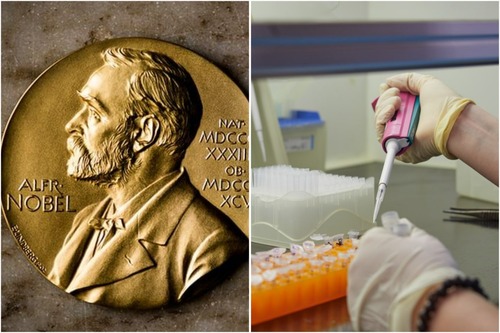Galina Zhulai, Researcher, Genetics Laboratory, Institute of Biology KarRC RAS:
– We were very pleased by the news that the Nobel Prize in Physiology and Medicine was awarded for the discovery of Treg cells to Shimon Sakaguchi, as well as to Mary Brunkow and Fred Ramsdell. Treg cells constitute a T-lymphocyte population that maintains the organism’s immune tolerance. These cells are called immunosuppressive because they can suppress the immune response and protect us from being attacked by our own immune system. Since 1995, when Shimon Sakaguchi and his colleagues first described these cells in mice, we have learned a great deal about this cell population and how it functions in various diseases. Currently, various approaches to Treg cell-based therapy are being actively developed for treating cancer, autoimmune diseases, and in transplantology, including in Russia at the Sechenov University.
Research into Treg cell at KarRC RAS has a long history: it started within the Immunology Group headed by Evgenia Oleinik and continues now at the Genetics Laboratory. Our projects have been supported by seven federal-level grants (Russian Science Foundation/RSF, Federal Ad Hoc Program, Russian Foundation for Basic Research/RFBR) and a regional grant (RFBR-North). The news of the Nobel Prize 2025 is especially pleasing for us as it highlights that our developments are small steps through which Karelian science contributes to worldwide research on controlling immunity to create new technologies in medicine.
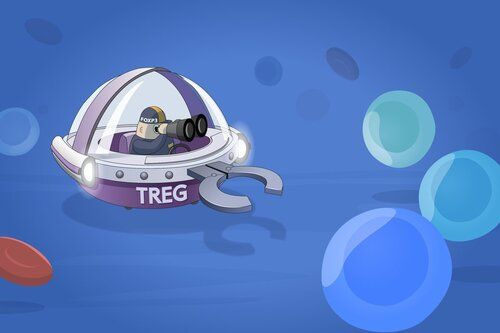
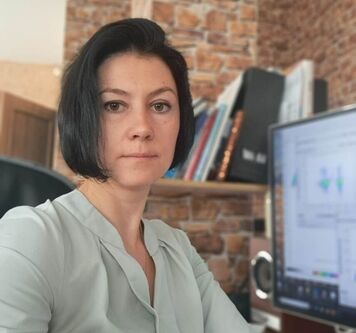
The discovery by Nobel laureates in physiology and medicine commented by immunologist Galina Zhulai
On October 7, the Nobel Prize in Physics went to John Clarke (University of California, USA), Michel H. Devoret (Yale University, USA), and John M. Martinis (University of California, USA) for the discovery of macroscopic quantum mechanical tunneling and energy quantization in an electric circuit.
Maria Makarova, Junior Researcher, Laboratory for Stochastic Modeling of ITC Systems, Institute of Applied Mathematical Research KarRC RAS:
– I work on quantum computing, at the intersection of mathematics and computer science, and I find it important that the Nobel Prize was awarded for the work concerning quantum technologies. The Nobel Committee remarked that this year's Physics prize unlocks opportunities for developing the next generation of quantum technologies, including quantum cryptography, quantum computers, and quantum sensors. The Nobel laureate John Clarke said at the press conference that, in a way, their discovery forms the foundation for quantum computing.
In the future, quantum systems have the potential to fundamentally transform the methods and speed of transmitting and processing large data. Take for example a well-known seating problem: there are different ways to seat eight guests around the table, and one of them is the optimal arrangement. A regular computer would process all possible permutations sequentially, which would take millions of years. A quantum computer, on the other hand, could accomplish this in a single step. Quantum machines are already being used in cryptography, transport logistics, and some other spheres. That said, quantum computing is still quite limited and developments in this area are in their early stages. Mathematicians, computer scientists, physicists from around the world are striving to improve them. In particular, we are working on optimizing quantum circuits – hard-to-build yet universal models capable of performing any computation.
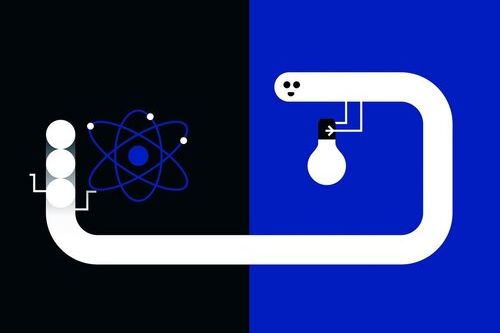
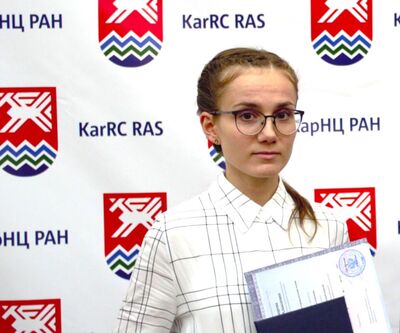
Maria Makarova, Junior Researcher of IAMR KarRC RAS contemplated on the implications of the Nobel Prize 2025 for quantum computing
On October 8, Nobel laureates in Chemistry were announced: Susumu Kitagawa (Kyoto University, Japan), Richard Robson (University of Melbourne, Australia), Omar M. Yaghi (University of California, USA) for the development of metal–organic frameworks. These are molecular constructions through which gases and other chemicals can flow. These constructions can be used to harvest water from desert air, capture carbon dioxide, store toxic gases or catalyze chemical reactions.
On October 9, the Nobel Prize in Literature was given to writer László Krasznahorkai (Hungary) for “for his compelling and visionary oeuvre that, in the midst of apocalyptic terror, reaffirms the power of art”.
On October 10, ex-member of the National Assembly of Venezuela Maria Corina Machado was announced the laureate of the Peace Prize “for her tireless work promoting democratic rights”.
On October 13, the prize in Economic Sciences in memory of Alfred Nobel 2025 was awarded to Joel Mokyr (Northwestern University, USA; Tel Aviv University, Israel), Philippe Aghion (Collège de France, France; INSEAD, France; London School of Economics and Political Science, United Kingdom), and Peter Howitt (Brown University, USA) “for the theory of sustained growth through creative destruction”.
Oleg Tolstoguzov, Senior Researcher, Regional Economic Policy Department, Institute of Economics KarRC RAS:
DEUS EX MACHINA (Lat. “A god from a machine”)
– Why these specific economists and their work were selected as the laureates? It’s because the world economy in the 21st century is not developing at the same pace as it used to in the 20th century. Search in underway for new ideas, sources of growth, and insights into the drivers of the world economy, which is gradually getting drawn into a destructive crisis of the capitalist mode of production.
Where last year the prize was awarded for the study of how institutions affect the economic activities and development of countries in general, the studies celebrated this year investigate the significance of a sort of an “innovation machine” which entails “creative destruction”, where the new product takes over the market, and at the same time stimulates further progress. Yet, the devil is in the detail.
Firstly, the assertion of the connection between innovation and economic growth and "creative destruction" through innovation was actually put forward by J. Schumpeter over a hundred years ago. So, the novelty of the discovery is not the general statement of the importance of innovation, but the explanation of what lies behind it.

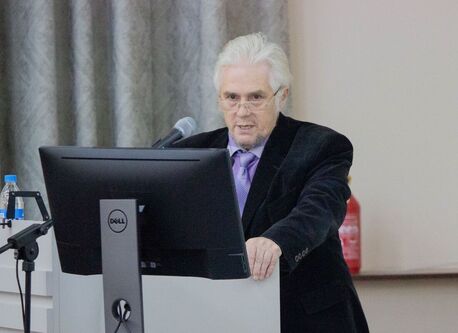
Findings of the studies by 2025 prize laureates explained by Dr. of Economics Oleg Tolstoguzov
Secondly, by combining the semantic formulas underlying the contributions to science acknowledged by last year's and this year's Nobel Prizes, we can understand the essence of the "innovation machine." It lies in the institutional aspects of the innovation process and the existence of economic mechanisms through which stakeholders’ efforts can be targeted towards creating a legal-economic and organizational environment that protects the interests of those involved in innovation activities and the interests of nations. The legal protection of innovations correlates with how competent the state is in the realm of world trade.
Thus, the conclusions drawn by the Nobel laureates from their comparison of countries' development demonstrate that the developmental paths vary depending on the nation's geographical location and the quality of its institutional framework for regulating economic and innovative activity. The Institute of Economics KarRC RAS has reached similar conclusions in studies conducted on a different geographical scale – by comparing regional institutional matrices and economic practices within the country.
Ultimately, both global and our own research have revealed the following pattern, applicable to most countries and regions: the geography of innovation activity reflects a clear pattern of a "an advancing innovation center and a competence-short periphery". The geography of emerging cross-border knowledge flows (researcher mobility, rights to inventions, and other intellectual property) and their concentration coincides with the geography of competencies (institutional, organizational, etc.) and, ultimately, with the distribution of financial flows. Developed countries (and regions) are not merely innovation leaders – they are power centers that dominate in the legal field which enforces contracts, and so on. The center provides legal and forceful protection for technologies and information products through protectionist measures, for which the periphery pays a substantial monopoly rent. In short, what such a center sells to the periphery is not so much innovation itself, but rather the legal and use-of-force protection, which is what drives the process known as "creative destruction." This, ultimately, is the essence of the "innovation machine." If you possess such a machine, you will have economic growth; if you don’t, there will be no growth.
Finally (thirdly), the fact that the prize was awarded for studies on these subjects in the context of a global crisis may have been dictated by the Nobel Committee seeking to remind us that sustained economic growth per se is generated through a subtle balance, while the attempts to rearrange global trade (in the innovative and other senses) forcibly (through protectionism, sanctions, etc.) and excessive stimulation for the sake of national victory in the technological race can shatter the established balance, triggering unpredictable consequences.
The post is illustrated by artwork from the Nobel Committee official website and photographs by KarRC RAS Science Communication Office and Galina Zhulai’s archive




